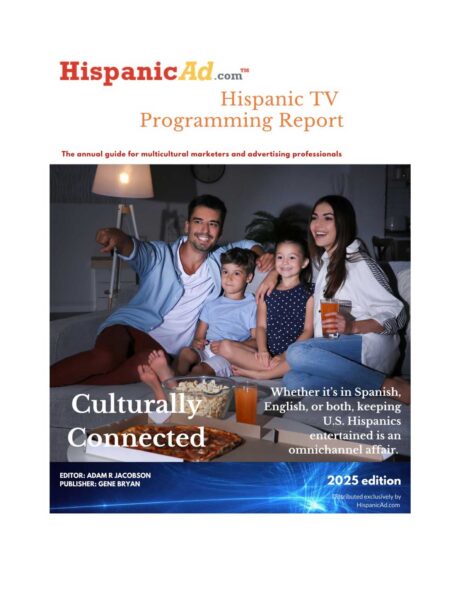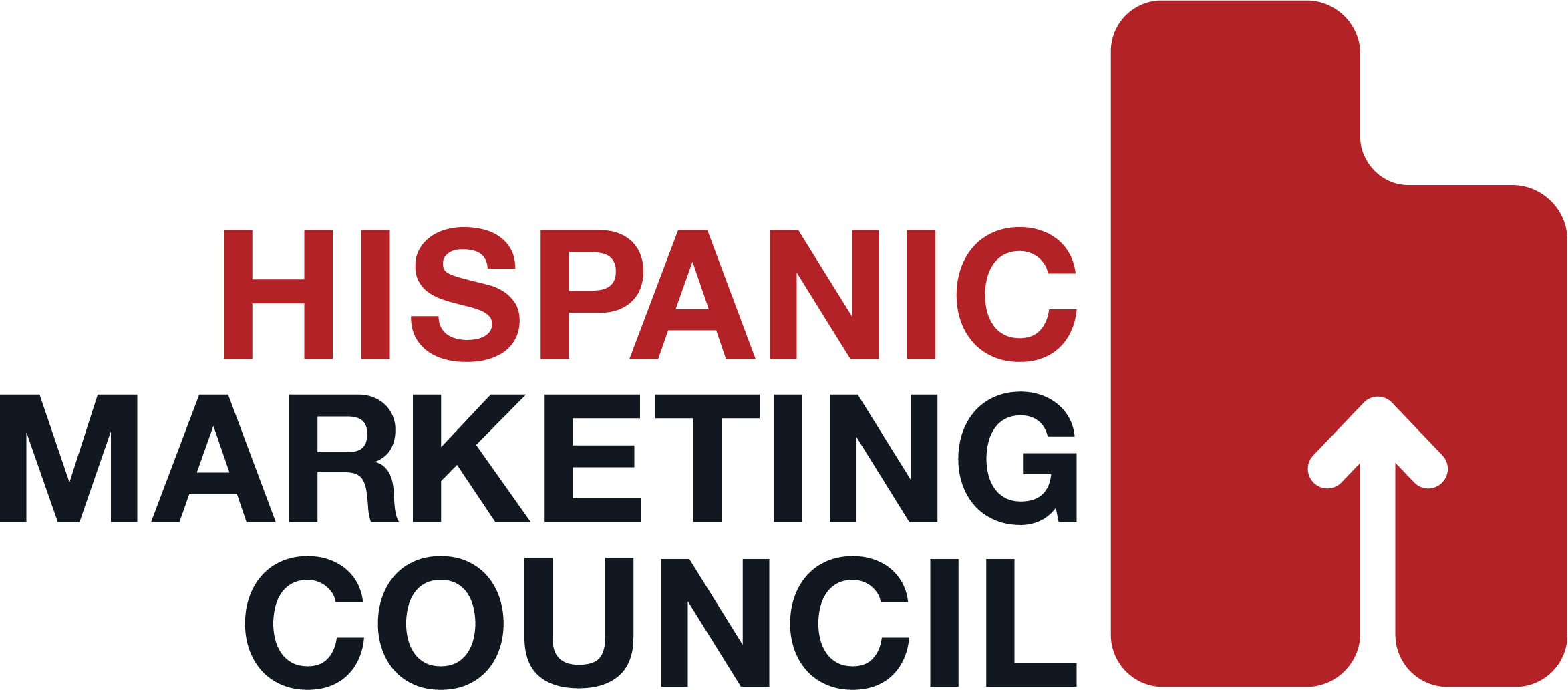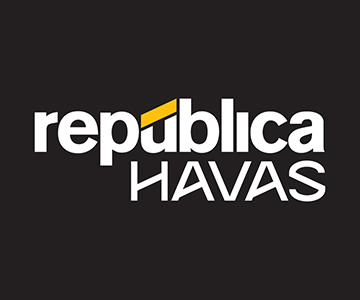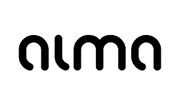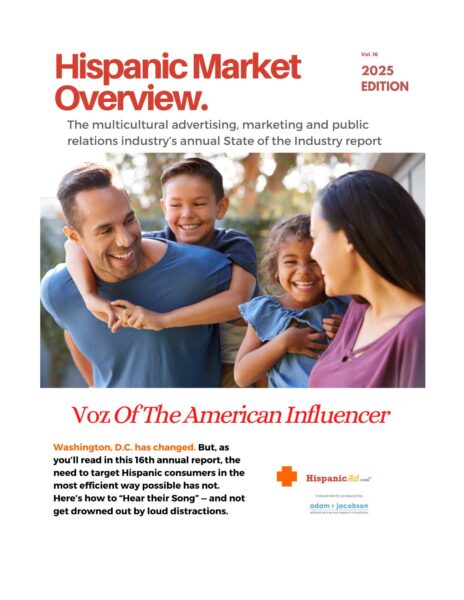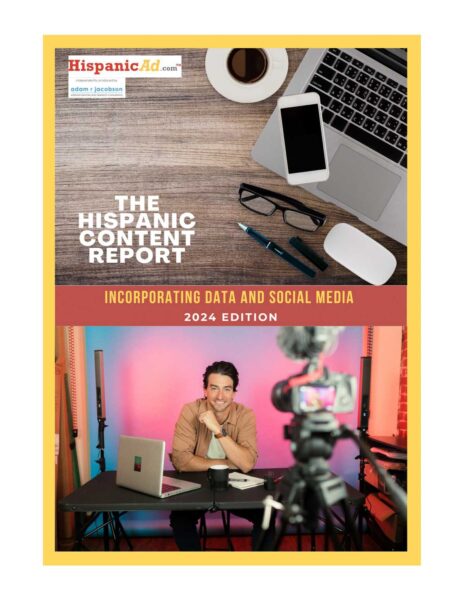La Comay & Me: what a Puerto Rican creative director living in the U.S. thinks of the gossip show.
November 17, 2012
Even though I’ve lived most of my life in the U.S. and I’ve had limited access to Puerto Rican media since I moved here in the late 80’s, I’ve always held Puerto Rican television in high regard. My aunt Martha Hagman was a popular TV personality in the 70’s and 80’s and I have fond memories of growing up accompanying her to most television studios in Puerto Rico. There was a wide range of locally produced shows, some of them a bit controversial, I even admit that some characters were stereotypical, but there were no blatant messages of hate, racism, discrimination, homophobia, xenophobia, sexism and violence in their content. I returned to Puerto Rico at the end of 2001 and lived there for three years. On my first day back at home I asked a fellow producer if she was aware of any opportunities for writers in local television. She told me that most of the programming on TV was imported, pointed to the show “La Comay” being number one in ratings as an indicator of the decay of the industry, and basically told me that looking for opportunities in television would be a lost cause.
There more I spoke to creative people in the industry, the more I heard complaints about “La Comay”. Bullying a local weather reporter because of her weight, calling local artists “patos” (equivalent of “fags”), slandering public figures, calling black people monkeys, denigrating Dominicans who reside in Puerto Rico; the list of complaints was endless and I wondered what had happened to the yet not perfect but dynamic and inclusive industry in which I had partially grown up? As soon as I got my cable box connected, I watched the show that my peers had described as the disgrace of Puerto Rican television and was left speechless. Puppeteer Antulio “Kobbo” Santarosa (AKA “La Comay”) and his sidekick Hector Travieso ridiculed a celebrity because of her weight in a crass way, made a racist remark, ridiculed a popular singer because of her age, and made several homophobic remarks within one show. And one show was enough for me. Any writer would tell you that it wasn’t humor; it wasn’t clever, as there was no irony, no sarcasm, and no punch line. Perhaps that’s the reason why production uses pre-recorded laugh tracks during the show; they can’t have a live audience because it’s not funny at all. The show is basically a platform to spew hate, discrimination, intolerance and violence disguised as gossip, humor and a different way of reporting the “news”. I sat upset in my living room not knowing what to do. Whenever I had the chance to speak to my peers in the local ad business the answer was always the same, “We hate the show, but it delivers the highest ratings and my clients demand that we sponsor it.”
I always wondered how clients in Puerto Rico had looked the other way for so long, allowing their brands to be associated with “La Comay” in total disregard of their own corporate social responsibility policies. It was obvious to everyone that Santarosa, Travieso, and WAPA TV had become bullies and their standing in the ratings had given them carte blanche to behave in any which way they desired without repercussions. It was obvious to everyone in the industry that the show was promoting hate and intolerance but it seemed as if everyone was paralyzed in fear of the power of Antulio “Kobbo” Santarosa. What had started as a humorous saying – “Cuida’o que te coge la Comay” (Watch out, you’ll end up in La Comay) – had indeed become a serious threat not only to public figures but to the average citizen.
I moved back to the U.S. and had almost forgotten about the ill doings of this show until in late 2009 I noticed that my friends were posting messages on Facebook asking WAPA TV put an end to Santarosa’s and Travieso’s reign of horror. Santarosa was justifying the gruesome murder of Jorge Steven López, a young gay man, because he was dressed in drag the night he was murdered. That was the first time WAPA TV got a taste of the power of social media through a grassroots campaign led by LGBT activist Pedro Julio Serrano that forced Santarosa and Travieso to offer a half-baked public apology. Since then, both men and WAPA TV have been back to their old antics; stirring the pot with innuendo, bullying anyone who calls them out on their hateful remarks against minority groups, and declaring themselves the voice of the people.
Santarosa thought of himself as a master of provocation and speculation in total control of his audience, but less than two weeks ago he went too far again. This time he didn’t realize there was a time bomb about to go off. This time the victim was a bright young man who worked in advertising, how ironic. Speculating on declarations made by the father of one of the suspects in the murder of José Enrique Gómez Saladín, Santarosa (acting as La Comay) insinuated that José Enrique might have led a double life and could have been looking for female or male prostitutes, and if that was the case, perhaps he was responsible for his own demise. It’s a classic Santarrosa quasi-homophobic remark. Santarosa thought he could get away with it again, but what followed was too much for him or WAPA TV to handle. The wife of the victim spoke to the media and taught them a lesson in courage and dignity, while simultaneously Carlos Rivera started the Boicot a La Comay Facebook page, and Pedro Julio Serrano alerted his followers that it was time to act again.
This time social media turned against “La Comay” stronger and faster than ever, giving the issue immediate international exposure, galvanizing Puerto Ricans from all walks of life and garnering the support of reputable community and professional organizations and top Puerto Rican celebrities. While WAPA TV calls the movement censorship and staunchly keeps the show on the air claiming their right under the First Amendment, Boicot a La Comay acts on the same right to gain momentum via social media launching an effective boycott of the show. WAPA TV should have known better; hiding behind the First Amendment was a bad move sure to backfire. Boicot a La Comay, which started only 8 days ago, has over 70,000 followers, counts with the support of key opinion leaders in the Puerto Rican community, and has so far convinced over 37 brands to cancel their endorsement of the show and issue public apology statements. It’s a great example of how the powers of traditional media and marketing have been rendered neutral by social media. Consumers today have the power to engage in direct dialogue with brands, cutting the middleman. It’s a different paradigm and WAPA TV underestimated the resolve of the people of Puerto Rico. This is no longer a little flare up between Santarosa and the LGBT community, but a roaring fire that has spread beyond their control.
What is WAPA TV going to do next? As major sponsors remove the show from their media buys and the network starts to lose millions, the prospects of “La Comay” don’t look good.
This brings to mind a very interesting conversation I had on Facebook with Lillian Hurst, a respected Puerto Rican actress who was part of the golden era of Puerto Rican television and who moved to Hollywood in the 1990s. Amidst all the controversy of La Comay, she mentioned that Puerto Rico no longer has a television network of its own. She makes this point because the only way to change the absurdity of Puerto Rican television is if Puerto Ricans themselves had the resources to make it better.
Courtesy of http://multirican.tumblr.com/>













